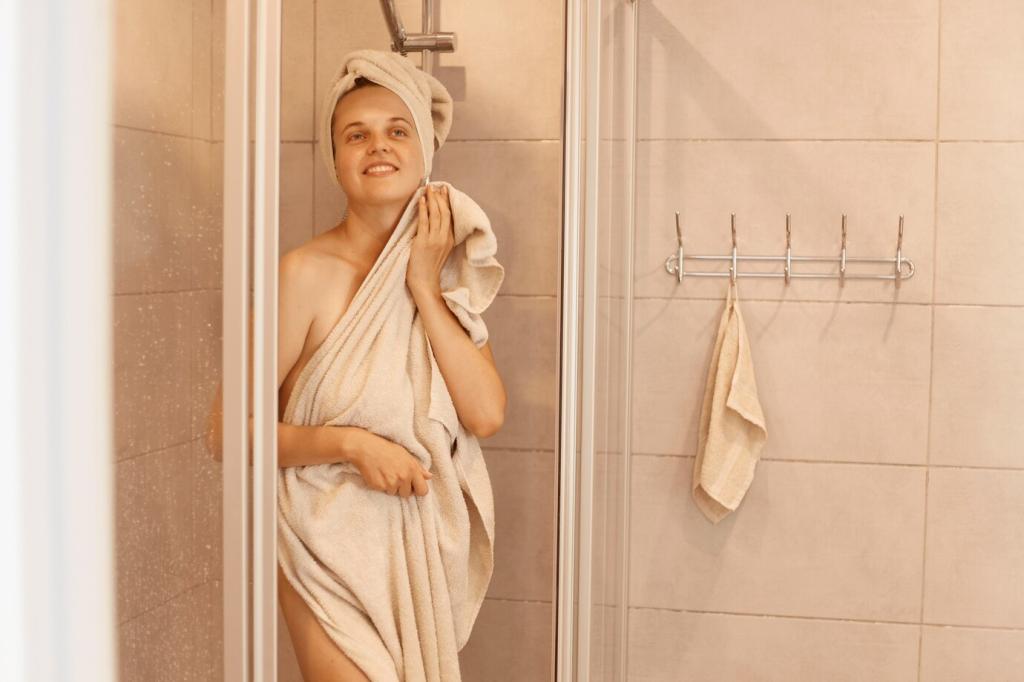A Simple Hot-Day Hydration Plan
Start your morning with a glass of water and a light breakfast rich in fluid-filled foods, like melon or oranges. Fill your bottle early, chill it if possible, and stash a backup. Tell us your pre-hydration ritual, and tag a friend who needs a gentle nudge.
A Simple Hot-Day Hydration Plan
Aim for two to four gulps every fifteen to twenty minutes when temperatures climb. Set a repeating phone reminder or tie sips to routine moments—emails, meetings, or rest stops. Freeze half your bottle overnight. Subscribe for printable trackers that turn good intentions into daily habits.
A Simple Hot-Day Hydration Plan
Front-load fluids earlier, then taper slightly at night. Rehydrate with dinner, add a small glass after, and consider a soothing, non-caffeinated iced tea. If you have fluid restrictions, follow your clinician’s guidance. Comment with your favorite cooling evening drink that will not disrupt sleep.



